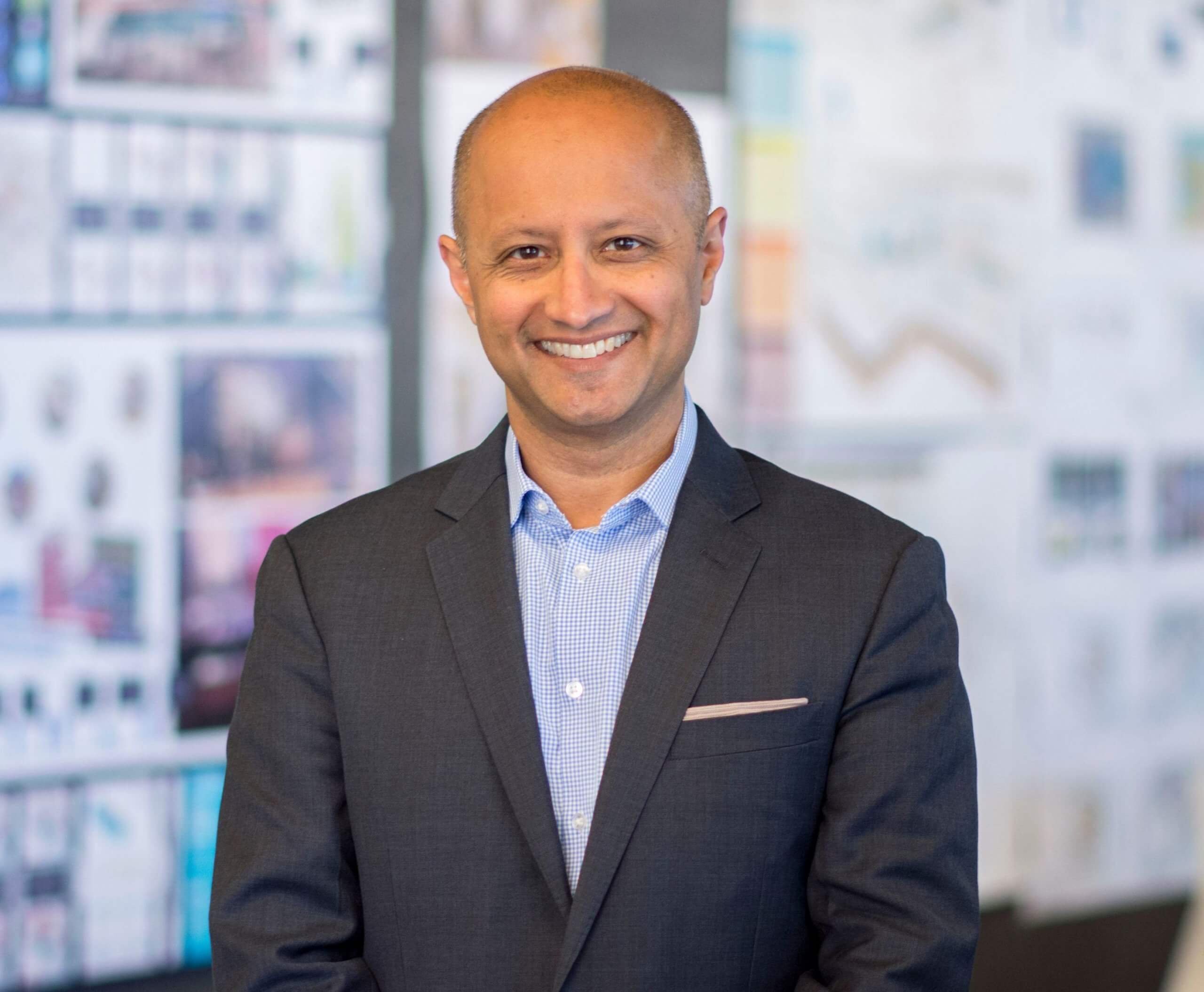Conversations with Colleagues: Rupinder Singh



Q: What drew you to the design profession, and what’s keeping you here?
A: I got into architecture my first year of high school—a drafting class—it was a way to fill out my course schedule. I always liked to draw as a child, so this seemed like a fun class. Our major assignment in that course was to design our dream house. I got hooked with both the physical aspect of hand drawing, designing, and shaping spaces. In a moment of unbeknownst alacrity, I decided my future career the first week of high school. I honestly had little to no idea of what it meant to be an architect at age 14, but I have never wavered from that moment onwards.
A: I feel an obligation to “pay it forward” in the profession. In school, and often in my early career, I was the only person of color, the only Asian American, the only Indian American architect in the room. That is slowly changing (as is the gender diversity). I’m glad to see both of those changes. While Asian Americans are better represented in the design fields, there is still work to be done on the issue of gender parity (especially for senior leadership in firms) and representation for LatinX and African American designers and architects. I focus on mentoring with high school, college, and graduate students of color. I like to show by example and by practice that architecture is a viable career for everyone.
Q: Describe a design project you’re working on right now, whether professional or personal, that you’re especially proud of—and why.
A: A project that I’m especially proud of is the Novartis Headquarters expansion in Cambridge, MA. It’s a 840,000 square foot, multi-building laboratory complex near Central Square. It’s the largest building that I took from initial design to built completion—a singular task that took almost four years of my career. It’s the largest building that I’ve engaged with during CA, and it’s geographically halfway between my home and the office. I often visit during my rides around the city, or on my commute home. It’s satisfying to see a building as a civilian, not as a design professional.

A: I worked on a large, high-end residence for a couple in metro-Boston. When the house was almost complete, the client called me to discuss a few details and to thank the team for the work. She complemented us on how the house made her feel, “like her favorite pair of jeans”—comfortable, perfectly suited to her body/mind, and adaptable (she could “dress it up or down”). She felt relaxed in her new house. Recalling that conversation still puts a smile on my face.